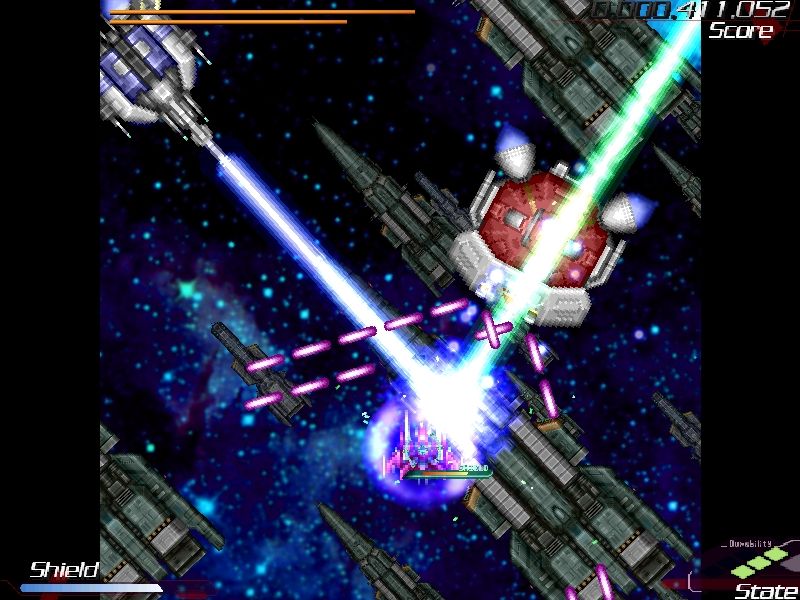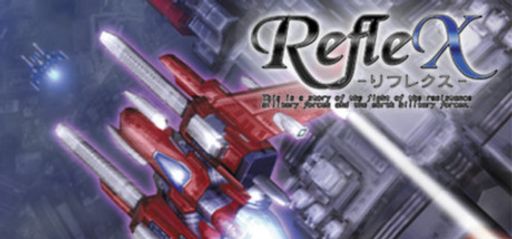I dove into RefleX as a completionist. From the outset, I wanted every nuance, collectible, and achievement. As the second chapter of The Tale of ALLTYNEX trilogy, this shoot ’em up carries heavy expectations. Fortunately, SITER SKAIN crafted it with precision. What’s more, Henteko Doujin’s Steam release in March 2014 revived a cult classic for a new generation. Below, I detail my journey through RefleX from an exhaustive completionist’s lens.
Overall Impressions
RefleX nails its core shooter mechanics while adding unique reflection features. I felt its intensity from the first stage. The pacing balances frantic bullet hell with strategic downtime. Level design flows logically, leading to escalating boss encounters. This structure reminded me of top-tier indie shooters, yet RefleX stands apart. Some segments felt hand-crafted rather than procedural, which delighted me. Conversely, its arcade mode lacked modern extras like online leaderboards. Overall, the game earns its spot among genre greats.

Gameplay Mechanics
The reflect shield steals the show. You can absorb or bounce back enemy bullets. Absorbing white bullets recharges your special attack. Reflecting red bullets damages foes directly. This color-coded system demands quick decisions. During one intense boss fight, I timed a perfect 64x reflect combo. The rush of unleashed homing lasers topped any normal shot spam. User feedback echoes my praise for the reflect feature’s depth. A few players noted occasional input lag on older PCs, but I experienced none. The learning curve felt just right. The game rewards patience as much as reflexes.
Story and Characters
RefleX does not burden players with lengthy cutscenes. Its narrative unfolds through brief intermission text. You assume the role of Aris Valen, a rebel pilot seeking to liberate ALLTYNEX’s fallen realms. Side mission logs expand on Aris’s motivations. Allies emerge in optional stages, but they lack voice lines. While I longed for deeper character moments, the sparse story complements the arcade spirit. Hardcore shoot ’em up fans expect minimal plot. Yet, die-hard series followers will appreciate subtle ties to chapter one.

Visuals and Graphics
RefleX sports a retro-inspired pixel aesthetic. Every sprite shines with vibrant colors. The background parallax layers create a profound depth illusion. Bosses tower over your ship with intricate animation loops. I found the art style charmingly nostalgic, like early 2000s doujin games. Some player reviews lamented the dated visuals, but I view them as deliberate. They enhance the game’s fast-paced bullet patterns by maintaining high visibility. I never lost track of my hitbox amid the chaos.
Sound and Music
Composer Tayutau’s soundtrack pulses with techno-orchestral beats. I found the tracks addictive during long sessions. Stage one’s theme blends pounding drums with ethereal strings. Boss themes introduce galloping rhythms that heighten tension. Sound effects deserve equal praise. The sonic feedback from reflected shots packs real punch. Your shield emits a satisfying hum when absorbing bullets. No voice acting exists, aligning with the retro vibe. Overall, the audio design fuels every bullet dance.

Difficulty and Replayability
RefleX offers three difficulty levels: Normal, Hard, and Maniac. I completed Normal and elevated my skills in Hard mode. Each level ups enemy density and bullet speed. Maniac mode locks you into a relentless bullet storm. As a completionist, I loved chasing all ten hidden medals per stage. These often require perfect reflect sequences or no-hit runs. The game grants continues generously to encourage exploration rather than frustration. Replay value comes from leaderboards, score chases, and medal hunting. Although online boards arrived late, the local scoring system still compels repeat runs.
Standout Moments
Epic Reflect Duel in Stage Three
One of the most unforgettable moments in the game takes place during a reflect duel against the twin dragons in stage three. This encounter showcases the game’s brilliance in both design and mechanics. The fast-paced action demands precision timing and strategic use of the reflect ability, making it a standout challenge for experienced players. As a visually stunning boss fight that combines bullet-hell chaos with deep skill-based gameplay, it’s a clear example of why this title stands out in its genre.
Unlocking the Hidden Warp Zone
Discovery-driven players will appreciate the game’s attention to detail, especially when it comes to secret content. A hidden warp zone can be accessed by reflecting blue bullets in a specific pattern—an Easter egg that rewards experimentation and mastery of the core mechanics. This secret area opens up new routes and bonus content, adding significant replay value. For those looking to explore every nook and cranny, this moment proves how rewarding the game can be when you push beyond the obvious.
Secret Ending After the Final Boss
The final boss fight is a spectacle in itself, but the real surprise comes after collecting all stage medals. Doing so unlocks a hidden phase that reveals a secret ending, tying together the narrative with emotional resonance and hidden lore. This extra layer of depth is a reward for completionists and encourages full exploration of each stage. The secret ending not only enhances the story but also reinforces the game’s commitment to rewarding dedicated players.
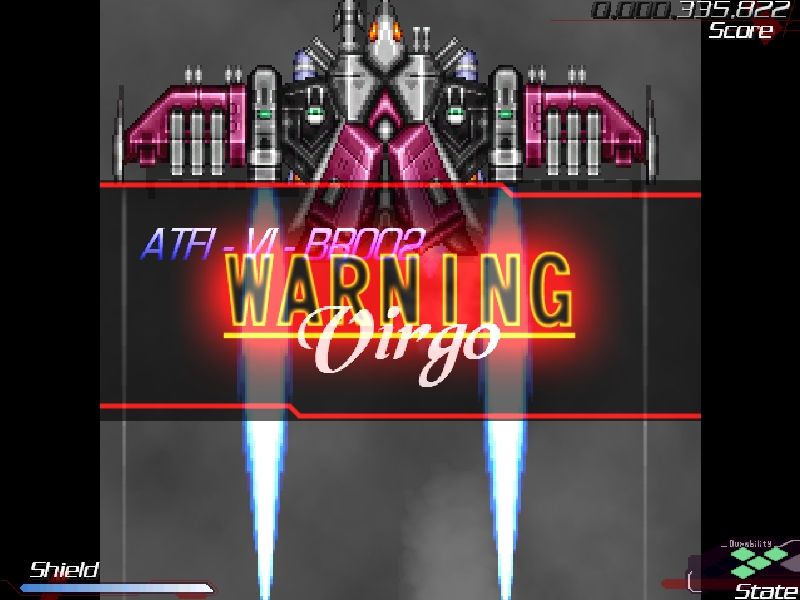
Behind-the-Scenes Trivia
SITER SKAIN is a one-man indie studio led by designer Skain Yamada. He programmed every pixel and note himself. The original RefleX came out in Japan in 2008 as a doujin release. Fans imported it from Nyu Media’s site until the official Steam launch in 2014. Henteko Doujin handled localization and minor bug fixes. Today, the game still receives occasional balance patches driven by community feedback.
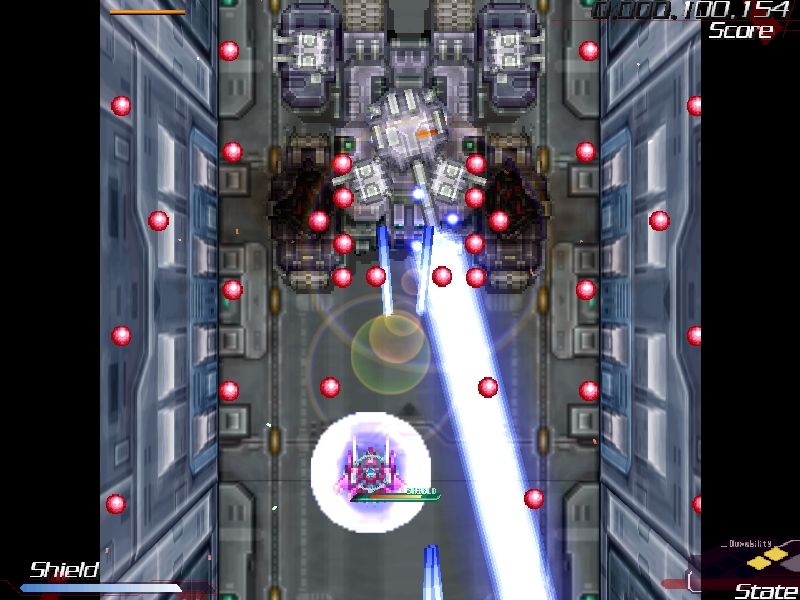
Comparison with Genre Peers
When compared to titles like Ikaruga or Mushihimesama, RefleX holds its own. Ikaruga’s color-swap mechanic feels more rigid. RefleX’s reflect shield rewards aggressive play. Mushihimesama’s bullet density overwhelms newcomers, whereas RefleX balances spectacle with strategy. If you crave a shooter with accessible depth and rewarding mastery, RefleX fits that niche perfectly.
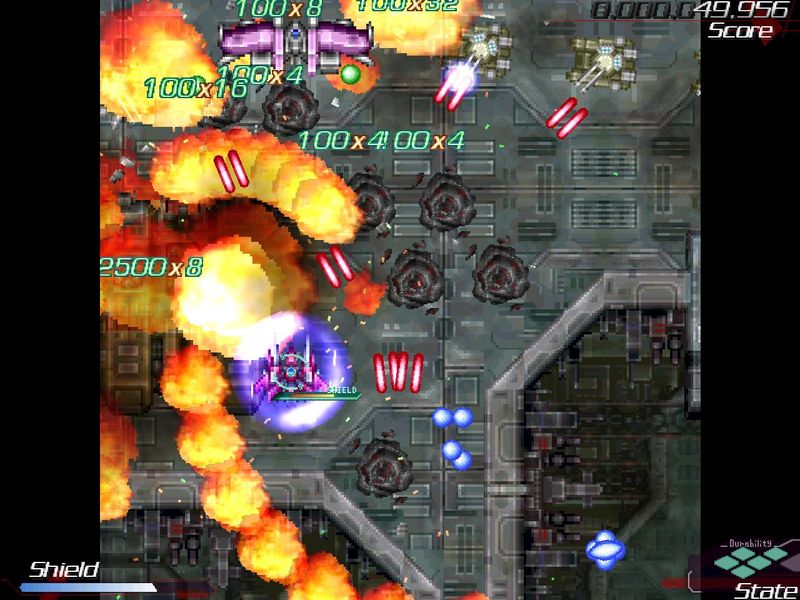
Minor Critiques
Absence of Online Leaderboards
One notable drawback for competitive players is the lack of online leaderboards. While the core gameplay offers high replayability, the absence of a global ranking system leaves score-chasers without a platform to compare achievements or compete for top times. This omission has been a disappointment for those who thrive on leaderboard-driven challenges and community rivalry, limiting the game’s long-term competitive appeal.
Minimal Story Integration
Despite its polished gameplay, the game keeps narrative elements to a minimum. Story segments are sparse and often serve only as brief transitions between levels. For players who enjoy rich storytelling or character development alongside action, this may feel underwhelming. The minimalist approach may appeal to arcade purists, but others might find it lacks the emotional engagement found in more story-driven titles.
No Co-Op or Versus Multiplayer
The lack of cooperative or versus modes significantly impacts the game’s multiplayer value. With no local or online multiplayer options, players are limited to a purely solo experience. This design choice reduces the game’s appeal to those looking for social or shared gameplay moments, especially in an era where couch co-op and online competition are highly valued features in action titles.
Final Thoughts
RefleX delivers a meticulous bullet-hell experience loaded with strategic depth. It balances retro aesthetics with modern design sensibilities. Its medal system and multiple modes feed my completionist drive. I encountered no major bugs and enjoyed every chaotic encounter. While it misses online features and deeper narrative, it excels at core gameplay.
Rating: 4.5 out of 5 stars.
